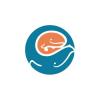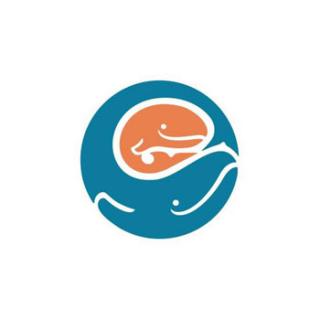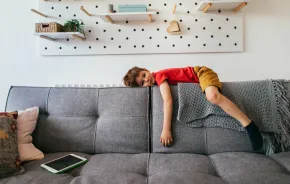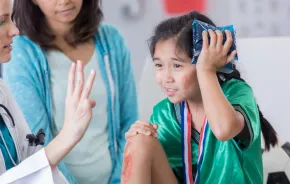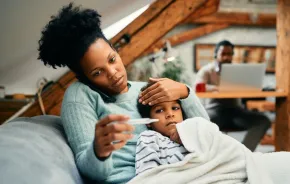
Studies consistently show that up to 50 percent of children experience a sleep problem at least a few nights each week. While the most recognized consequence of inadequate sleep is daytime sleepiness, children commonly manifest their sleepiness as irritability, behavioral problems, learning difficulties and poor academic performance.
Some sleep disruptions are normal and are connected to age-related changes. Others are symptoms of an actual sleep disorder. Whatever the reason, sleep problems can affect the entire family and should be accurately diagnosed.
In this Q&A, Dr. Maida Chen, director of Seattle Children’s Pediatric Sleep Disorders Center and associate professor of pediatrics at the University of Washington, shares details on Seattle Children’s expanding Sleep Medicine Program.
This excerpted post was originally published on the Seattle Children’s On the Pulse blog.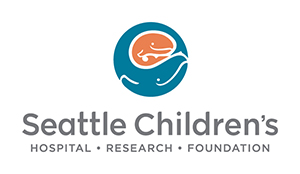
Many children have trouble falling asleep. When does the behavior require medical attention?
First of all, if a parent states, “My child has a sleep problem,” then, by definition, that child has a sleep problem — even if it is just a state of parental misperception.
Sleep problems can disrupt the entire family, so we include the family in helping to discover the causes and understand the solutions. One of the first things we do is gather data and look for patterns. I ask the family to start at dinnertime and go through a complete 24-hour day in terms of sleep and waking habits, behaviors and concerns. I ask them to tell me about the bedtime routine. I am a big fan of sleep diaries because they help people to observe and objectively record what is happening with sleep.
If a child’s sleep issues need more investigation, we encourage them to talk to their doctor about getting tested at our sleep laboratory. We also encourage parents to get as much information as possible before committing their child to sleep medications, which often are hard to stop once started. If you’re at the point where your child is crossing the threshold into chronic medications, let’s get a sleep study done.
What happens at a sleep laboratory?
Seattle Children’s sleep laboratory is designed for diagnostic testing, both while the child is asleep, as well as while they are awake.
Polysomnography is the formal term for studying a person’s functions while they are asleep. We look at three large categories: brain activity, breathing and body movements during sleep. We get the information from wires attached to various parts of the child’s head, face and body. The wires stay on with either stickers or a glue-like substance. There aren’t any needles involved — no blood drawn!
Polysomnograms and other tests are conducted in a sleep laboratory at Seattle Children’s new state-of-the-art Sleep Center in Bellevue, Washington, which opened in June of 2021. It includes 12 spacious private overnight sleep study suites, clinic space and a family lounge.
We also run tests during the daytime, such as Multiple Sleep Latency Tests. This is where we objectively assess the severity of sleepiness. It is a series of four to five naps at two-hour intervals. Children are asked to lie down in a dark room and close their eyes. We give them 20 minutes. We see how long it takes a child to fall asleep in those 20 minutes or if they fall asleep at all. This test helps us to diagnose narcolepsy and to differentiate between fatigue and sleepiness.
What’s unique about Seattle Children’s Sleep Center?
First and foremost, everything in our Sleep Center is designed for children. Many sleep centers are not pediatric-specific, and we are one of a very few in the region that is dedicated exclusively to children. All of the technologies and machines can work with small children, and our waiting rooms, overnight sleep suites, décor, artwork and furniture are all kid- and family-friendly — intended to provide a comfortable and calming environment.
In addition, all of the providers, including technicians, are pediatric-trained. Currently, we have 12 sleep providers — M.D.s and advanced registered nurse practitioners, which include three pediatric neurologists, three pediatric pulmonologists, a family practice physician and a dually trained internal medicine/pediatric physician, plus ARNPs [Advanced Registered Nurse Practitioner]. There are also 20 registered sleep technologists, two continuous positive airway pressure (CPAP) coordinators, two technician supervisors and a provider deployment coordinator. Most of our technicians have been here for more than 10 years, many of them for close to 20 years.
We are dedicated to making even our littlest patients comfortable. For instance, we have home desensitization kits for our patients who have sensory processing issues or may be uncomfortable or afraid of wires or medical equipment. We send home a practice kit with wires, gauze strips, stickers and other things, along with a little brochure that shows where everything goes, so they can do this at home with their parents.
What new treatments or technologies are on the horizon?
A new disorder called Restless Sleep Disorder has been discovered by my colleague Lourdes DelRosso. RSD is a movement disorder in which a child or adolescent experiences frequent movements during sleep that disrupt their sleep quality and lead to poorer functioning in the daytime. It is related to but not the same as Restless Legs Syndrome, which is when children have odd sensations in their legs, mostly before sleep at night, that prevent them from falling asleep. Getting up to walk — or, in a young child’s case, to run — around will relieve some of these sensations, but not completely. Sometimes these are mislabeled as “growing pains.” In both RSD and RLS, the impact on sleep leads to poor functioning the next day that may mimic ADHD.
We’ve discovered that children with RSD tend to have low iron stores, and we’ve started treating some of these children with intravenous iron. For select patients, this is better tolerated than oral iron and produces higher and quicker improvement in their iron profiles, which results in decreased restlessness.
Two other new treatment options I’d like to mention are DISE and the hypoglossal nerve stimulator.
DISE stands for drug-induced sleep endoscopy. It’s a sleep endoscopy procedure that involves direct visualization of the upper airway during a sleep state. A scope is placed through the nose and allows a surgical team real-time evaluation of where the airway collapses while a child sleeps. It is done in the operating room with light anesthesia, so the child is well monitored.
When the surgeon is in there, depending on what they find and on the conversation that’s been had with the family beforehand, they can then deepen anesthesia and do a surgery on the site of obstruction. This is a groundbreaking treatment. For the first time, we can visualize the primary source of a blockage and address it immediately, potentially eliminating the need for children to use a CPAP machine in the longer term.
The hypoglossal nerve stimulator could be a game-changer for children with Down Syndrome who suffer from obstructive sleep apnea. The stimulator is an implanted medical device that reduces the occurrence of OSA by electrically stimulating the hypoglossal nerve, which causes tongue movement. This stimulation is timed with breathing to relieve upper airway obstruction by moving the tongue out of the airway’s path, leading to an unobstructed breath. The Food and Drug Administration has approved it for people ages 18 and older; however, there are active studies on children specifically with Down Syndrome, and the early data shows it to be safe. Additionally, the recovery time is much shorter than many other sorts of airway surgery.
Seattle Children’s is one of the first pediatric hospitals in the nation to place hypoglossal nerve stimulators in children. Currently, we are placing them in our older Down Syndrome population, but we also have a lot of kids who are lined up to do it because they’ve had a lot of difficulty with CPAP tolerance. It has provided an alternative solution to tracheotomies, a surgically created airway, in some cases. One child was able to have their tracheostomy tube removed after this was implanted. There’s a lot of data about it in the adult world. While we’re still learning about its uses for children, we are tremendously excited by its possibilities.
Sleep medicine is a relatively new field. I’m very proud that Seattle Children’s took the risk to invest in growing a comprehensive pediatric sleep medicine program. We have one of the top programs in the nation and I am very proud to be a part of it.
Please visit Seattle Children’s Sleep Medicine Program for more information about Dr. Maida Chen, any of the conditions or treatments mentioned in this article, or about the program in general.



